If you’re a Harley enthusiast, you’ve probably heard of the Harley Evo engine. This engine was introduced in 1984 and was produced for 15 years until 1999. The Harley Evo was designed to replace the company’s previous ‘Shovelhead’ engine, and it was created during a time when Harley-Davidson was trying to regain its lost glory from emerging Japanese competitors.
Although the Harley Evo engine was a significant improvement over the previous Shovelhead engine, there are still some years that you may want to avoid. In my research, I’ve found that there are certainly some Harley Evo years to avoid due to various reasons such as engine problems, low reliability, and more. In this article, we’ll take a closer look at these years and provide you with some insight on what to look out for when purchasing a Harley Evo.
Related read: Round ‘Em Up: What Year Harleys To Avoid? (Full Overview)
Brief Introduction to the Harley Evo Engine
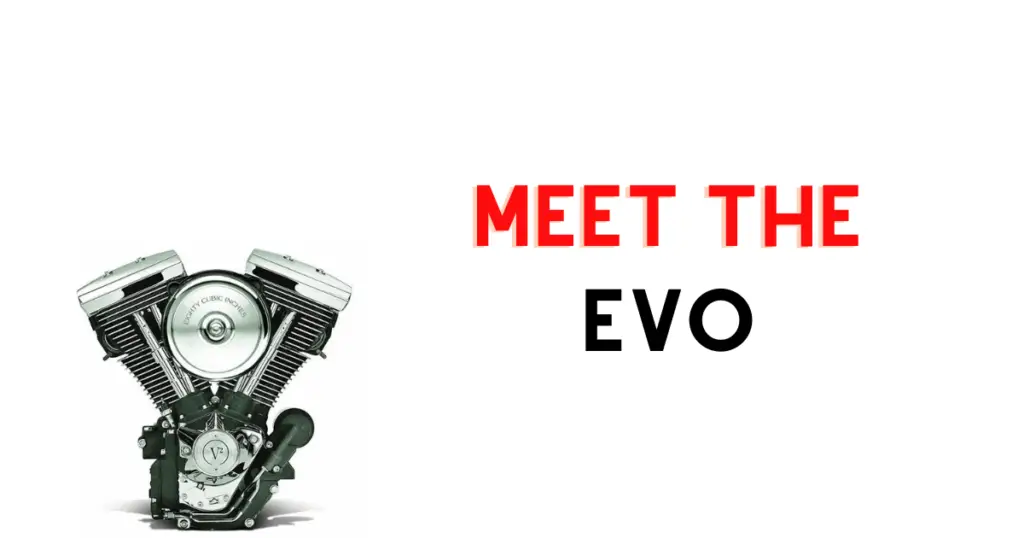
If you’re a fan of Harley-Davidson motorcycles, you’ve probably heard of the Evolution engine, or “Evo” for short. This engine was first introduced in 1984 and continued its journey until 1999. The Evo engine was designed to replace the company’s previous Panhead and Shovelhead engines.
Evolution from Earlier Models
The Panhead engine was introduced in 1948 and was replaced by the Shovelhead engine in 1966. The Shovelhead engine was known for its distinctive shape, which resembled a shovel. However, the Shovelhead engine had several design flaws, including oil leaks and overheating issues.
The Evo engine was a significant improvement over its predecessors. It featured aluminum heads and cylinders, which made it lighter and more efficient. The Evo engine was also more reliable and had fewer maintenance issues than the Shovelhead engine.
Read next: The Comprehensive Timeline of Harley Engines by Year
Evo’s Place in Harley-Davidson History
The Evo engine was a game-changer for Harley-Davidson. It helped the company regain its lost glory from emerging Japanese competitors. The Evo engine was used in several Harley-Davidson models, including the Softail, Touring, and Dyna.
The Evo engine was available in 80 cubic inch (1340cc) displacement and was manufactured until 2000 when the last Evo was placed in a production factory custom FXR4. The Evo engine is considered a legendary air-cooled V-twin engine that has powered many of Harley-Davidson’s bikes over the decades.
In conclusion, the Harley Evo engine was a significant milestone in Harley-Davidson’s history. It was a significant improvement over its predecessors and helped the company regain its lost glory. The Evo engine is a legendary air-cooled V-twin engine that has powered many of Harley-Davidson’s bikes over the decades.
Identifying the Best and Worst Years For The Harley Evo
When it comes to Harley-Davidson Evo engines, some years are better than others. In this section, we’ll take a closer look at the years you should avoid and the years that offer the best performance.
Overview of The Harley Evo Years to Avoid
If you’re in the market for a Harley-Davidson Evo, there are a few years you should avoid. The worst years for Evo engines are from 1999 to 2002. During this period, these engines were plagued with issues like camshaft chain tensioner failure and high crank runout. These problems can be costly to fix and can cause serious damage to your engine.
Another period you should avoid is from 2003 to 2006. During this time, Harley-Davidson made changes to cut production costs, leading to engines that are considered to be less reliable. These engines are prone to issues like oil leaks and transmission problems.
Best Years for The Harley Evo Motor
While some years should be avoided, there are also years that offer the best performance. The Harley-Davidson Evo engine was first introduced in 1984, and the early models had some teething problems. However, by the late 1980s, most of these issues had been resolved, and the engine was running smoothly.
In general, the best years for Harley-Davidson Evo engines are from 1987 to 1999. During this period, the engines were reliable and offered good performance. In particular, the 2005 Evo engine is considered by many to be one of the best ever produced. It was a significant improvement over earlier models, with better power and torque output.
Overall, if you’re looking for a Harley-Davidson Evo engine, it’s important to do your research and choose a model from a year that is known for its reliability and performance. By avoiding the worst years and choosing a model from the best years, you can ensure that you get a high-quality engine that will give you years of trouble-free riding.
Harley Davidson Evolution Engine Problems and Community Complaints
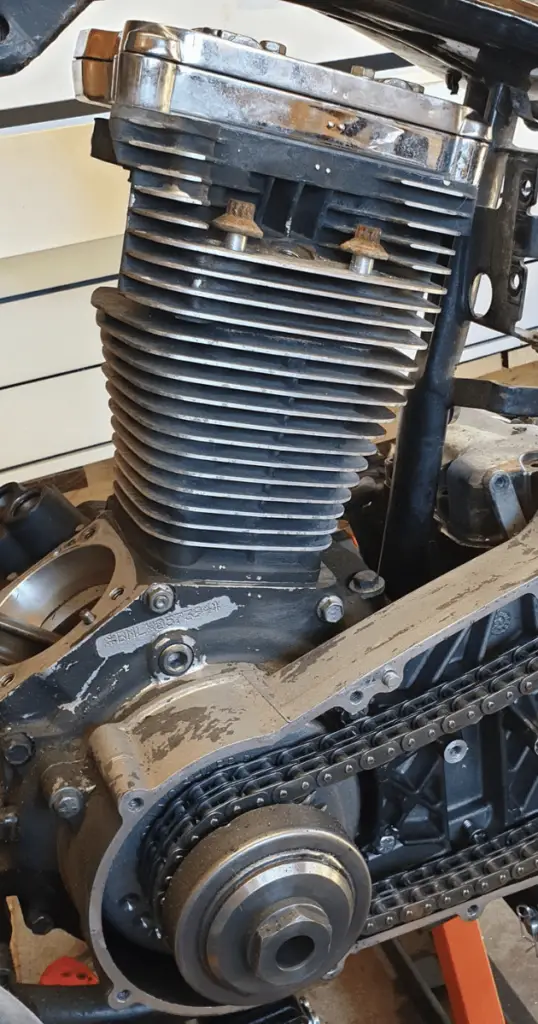
Known Evo Engine Problems
The Harley Evo engine is a reliable powerplant, but it does have a few common issues that you should be aware of. One of the most common problems is overheating. If you notice your engine is overheating, it could be due to a number of issues, including a faulty thermostat, a clogged radiator, or a malfunctioning fan. Another common issue is gasket failure, which can lead to oil leaks and cause a loss of engine power.
The cam chain tensioner is another component that can cause problems in the Evo engine. The tensioner is responsible for keeping the timing chain tight, but it can fail over time, leading to a loss of power and potential engine damage. Additionally, crankshaft seal leakage can occur, which can lead to oil leaks and other issues. Still, I think it’s important we dive deeper into the specifics, so let’s keep moving.
Cam Bearings
Cam bearings can wear out over time, causing noise and vibration. If you hear a knocking sound coming from the engine, it could be a sign of worn cam bearings. You can replace the bearings yourself or take your bike to a professional mechanic.
Cases
The engine cases can develop cracks or leaks, which can cause oil to leak out. If you notice oil spots under your bike, it could be a sign of a case leak. You can replace the cases yourself or take your bike to a professional mechanic.
Oil Pump Failure
The oil pump can fail, causing a loss of oil pressure and engine damage. If you notice low oil pressure or hear a knocking sound coming from the engine, it could be a sign of oil pump failure. You can replace the oil pump yourself or take your bike to a professional mechanic.
Clutch
The clutch can wear out over time, causing slipping or sticking. If you notice that your clutch is not engaging properly, it could be a sign of a worn clutch. You can replace the clutch yourself or take your bike to a professional mechanic.
Crankshaft
The crankshaft can develop cracks or wear out over time, causing noise and vibration. If you hear a knocking sound coming from the engine, it could be a sign of a worn crankshaft. You can replace the crankshaft yourself or take your bike to a professional mechanic.
Cooling System
The cooling system can malfunction, causing engine overheating. If you notice that your engine is running hot or that the cooling fan is not working properly, it could be a sign of a cooling system problem. You can troubleshoot the cooling system yourself or take your bike to a professional mechanic.
Weak Battery
A weak battery can cause starting problems and electrical issues. If you notice that your battery is not holding a charge or that your lights are dim, it could be a sign of a weak battery. You can replace the battery yourself or take your bike to a professional mechanic.
Hydraulic Lifters
The hydraulic lifters can wear out over time, causing noise and vibration. If you hear a ticking sound coming from the engine, it could be a sign of worn lifters. You can replace the lifters yourself or take your bike to a professional mechanic.
Engine Overheating
Engine overheating can cause damage to the engine and other components. If you notice that your engine is running hot, it could be a sign of a cooling system problem or other issue. You can troubleshoot the problem yourself or take your bike to a professional mechanic.
Valve Guides
The valve guides can wear out over time, causing noise and vibration. If you hear a rattling sound coming from the engine, it could be a sign of worn valve guides. You can replace the guides yourself or take your bike to a professional mechanic.
Stator and Voltage Regulator
The stator and voltage regulator can fail, causing electrical problems. If you notice that your lights are dim or that your battery is not charging properly, it could be a sign of a stator or voltage regulator problem. You can replace these components yourself or take your bike to a professional mechanic.
Which Harley Models Had The Evo Engine?
If you are looking to buy a Harley-Davidson motorcycle with an Evo engine, you should know that the engine was featured in a variety of Harley models over the years. The first Harley model to be equipped with the Evo engine was the Softail, introduced in 1984. Soon after, in 1985, the Harley Sportster also adopted the Evo engine. Subsequently, the engine made its way into numerous Harley models, including the Touring and Dyna series.
Softail Series
The Softail series is a line of Harley-Davidson motorcycles with a hidden rear suspension system that gives them the appearance of a hardtail. The Softail series was introduced in 1984 and was the first Harley model to be equipped with the Evo engine. The Softail series has been a popular choice among Harley enthusiasts due to its classic styling and comfortable ride.
Sportster and Dyna Variants
The Sportster and Dyna series are two other lines of Harley-Davidson motorcycles that were equipped with the Evo engine. The Sportster series is a line of entry-level Harley-Davidson motorcycles, while the Dyna series is a line of Harley-Davidson motorcycles that feature a more traditional design. Both of these series were introduced in 1985 and were a popular choice among Harley enthusiasts.
Overall, the Evo engine was a significant improvement over the previous Shovelhead engine and is still considered one of the most reliable engines Harley-Davidson has ever made. If you are looking to buy a Harley-Davidson motorcycle with an Evo engine, the Softail, Sportster, and Dyna series are all great options to consider.
How Long Does The Evo Engine Last Usually?
When it comes to Harley Davidson’s Evo engine, longevity is a common concern among potential buyers. After all, purchasing a motorcycle is a significant investment, and you want to ensure that your investment lasts for as long as possible. Luckily, the Evo engine is known for its durability and longevity, making it a reliable choice for those seeking a long-lasting motorcycle.
Mileage Expectations
The Evo engine is designed to last for a long time, with many owners reporting over 100,000 miles on their motorcycles. Of course, mileage expectations can vary depending on several factors, including how well the motorcycle is maintained, the riding conditions, and the rider’s habits. However, with proper maintenance and care, it’s not uncommon for an Evo engine to last for well over 100,000 miles.
Long-Term Owner Experiences
Many long-term Evo engine owners report positive experiences with their motorcycles. They praise the engine’s durability and reliability, as well as its fuel efficiency. Additionally, the engine’s lubrication system is designed to provide excellent protection, ensuring that the engine stays well-lubricated and running smoothly.
Overall, the Evo engine is a reliable and long-lasting choice for those seeking a Harley Davidson motorcycle. With proper maintenance and care, you can expect your Evo engine to last for many years to come, providing you with countless miles of riding enjoyment.
Frequently Asked Questions
How does the reliability of the Evo engine compare to other Harley engines?
The Evo engine is generally considered to be more reliable than the previous Shovelhead engine. It was designed to be more efficient and have fewer maintenance issues. However, like any engine, it’s important to properly maintain it to ensure its longevity.
What are common issues with certain Harley-Davidson Evo years?
As mentioned earlier, some early Evo engines had issues with camshaft bearings, while later models had problems with cam chain tensioners. Other common issues include oil leaks, electrical problems, and transmission issues. It’s important to have a mechanic inspect any used Harley-Davidson motorcycle before purchasing.
Can you recommend the best years for purchasing a Harley-Davidson with an Evo engine?
The best years for purchasing a Harley-Davidson with an Evo engine are the mid-1990s models. These bikes had most of the kinks worked out and are generally considered to be reliable and efficient. However, it’s important to remember that every bike is different and it’s important to do your research and ask questions before making a purchase.




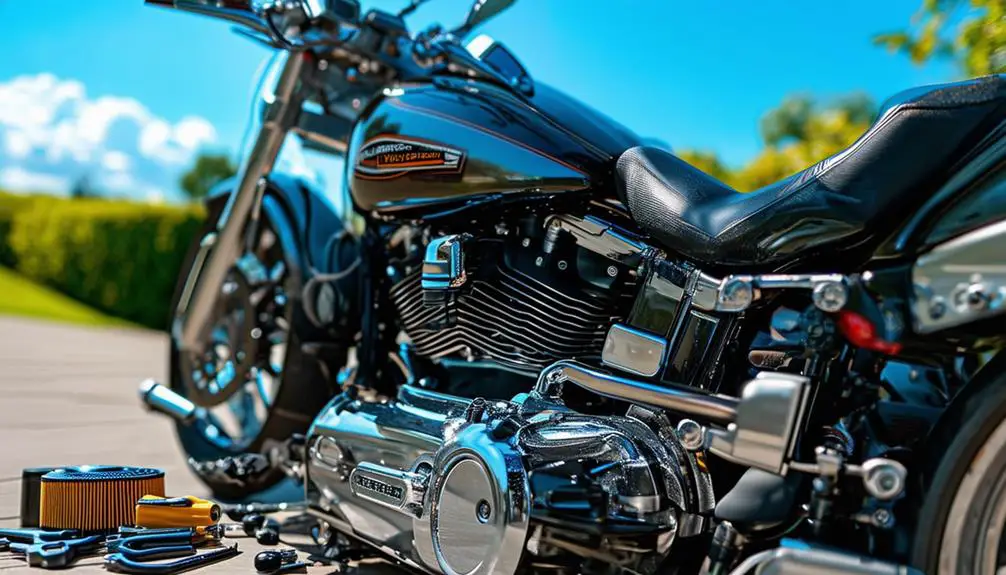
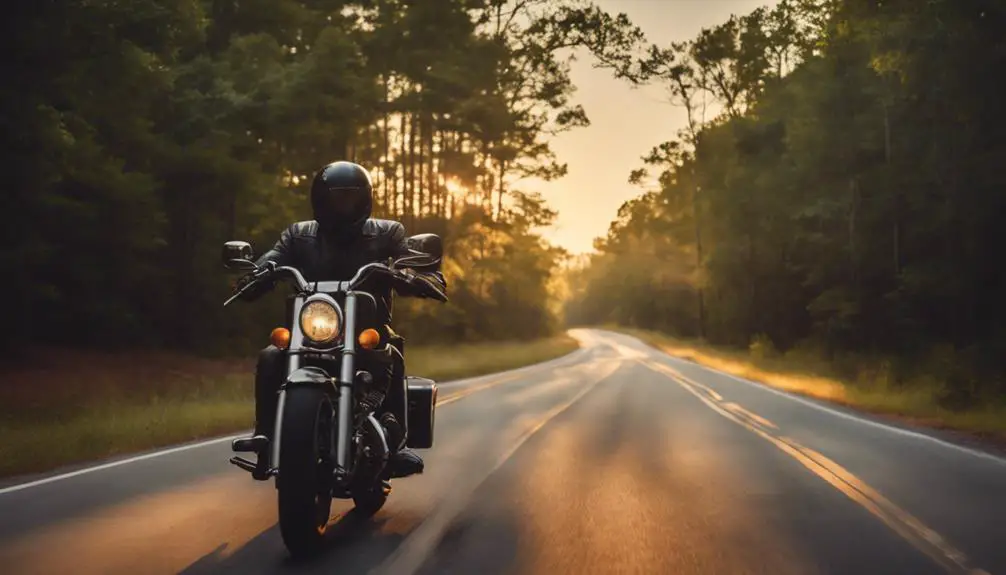
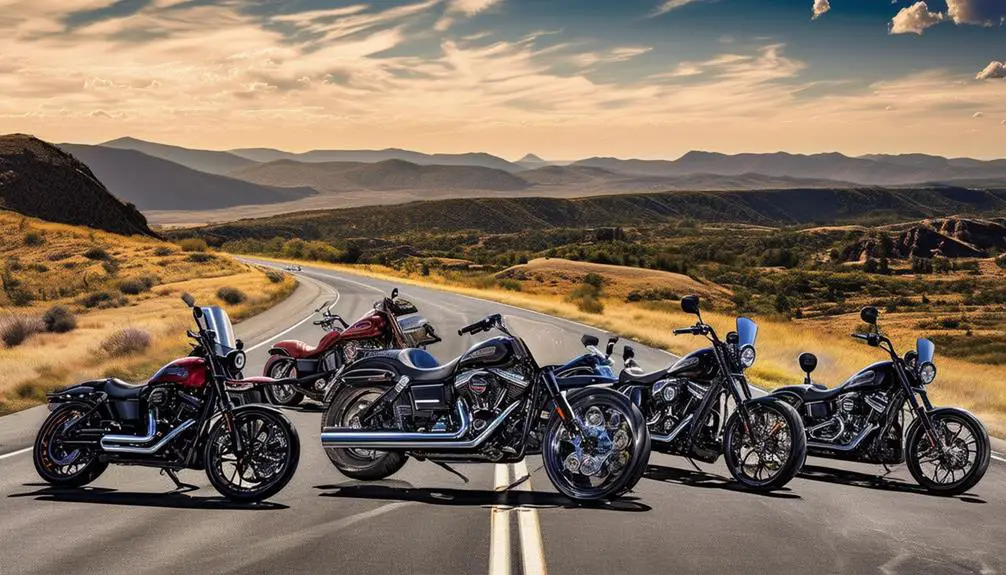

Leave a Reply
You must be logged in to post a comment.